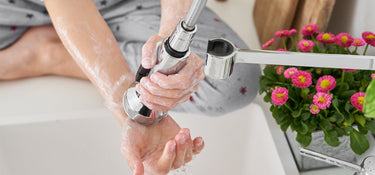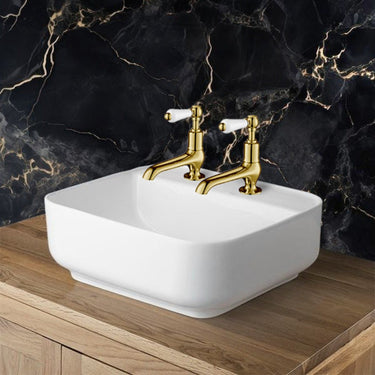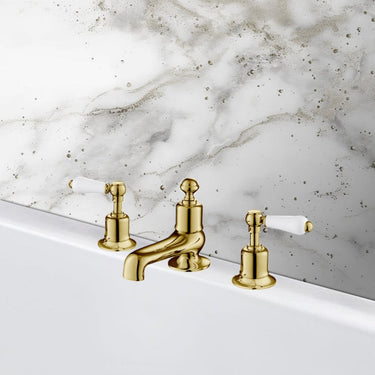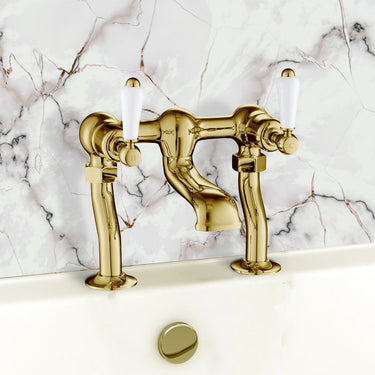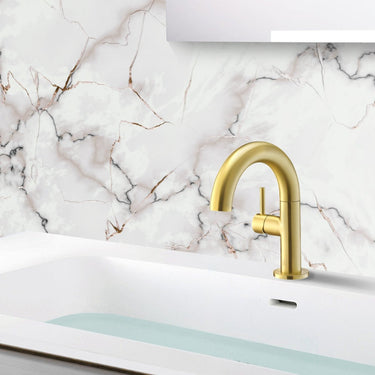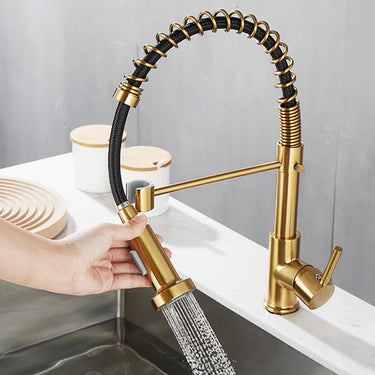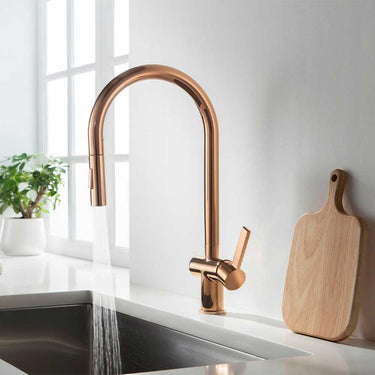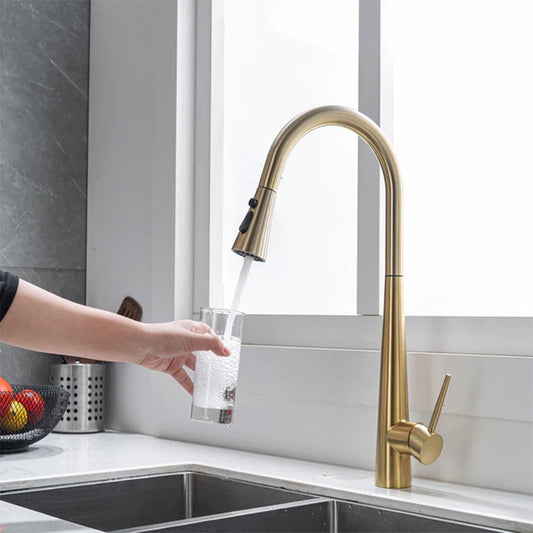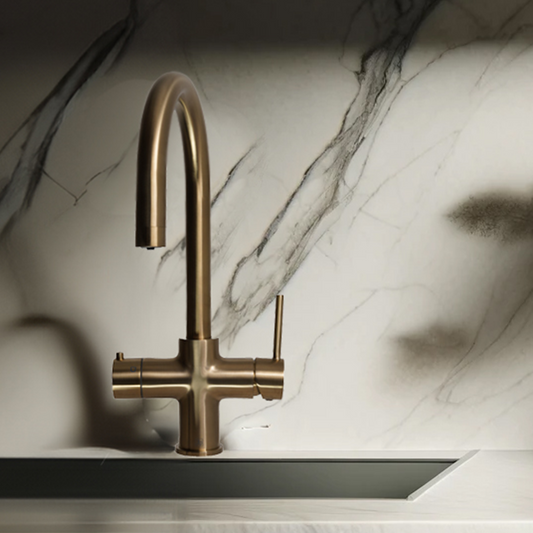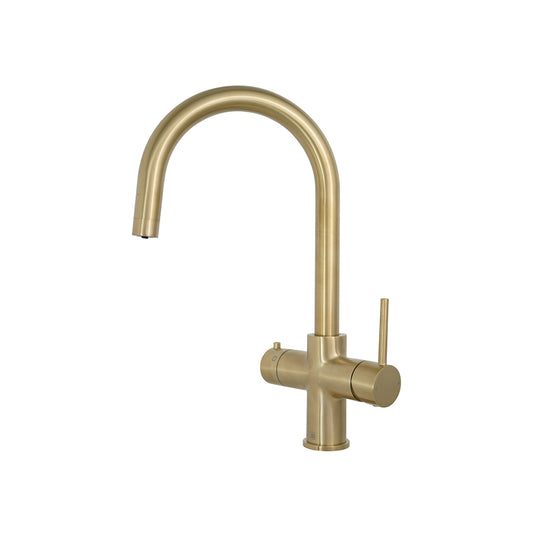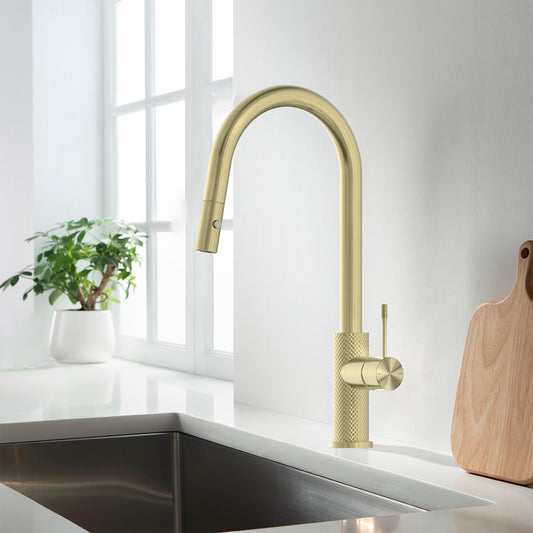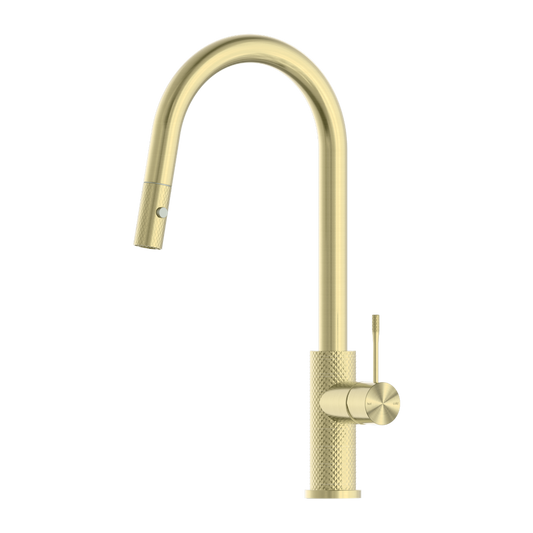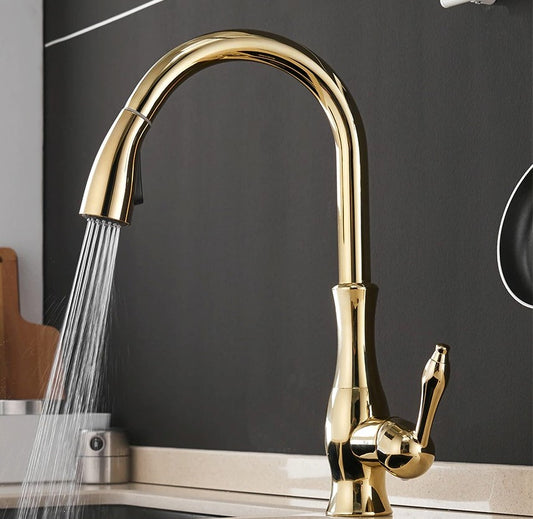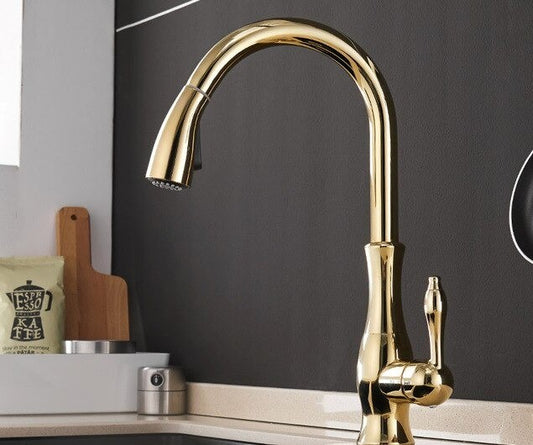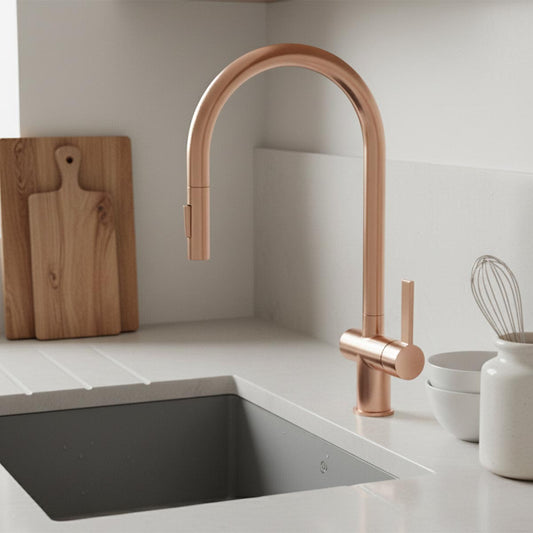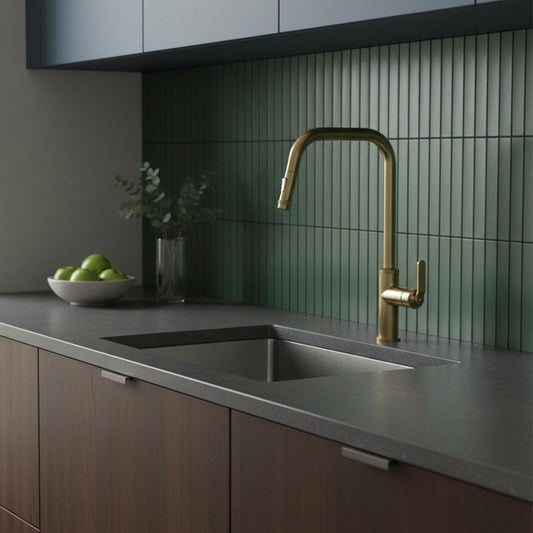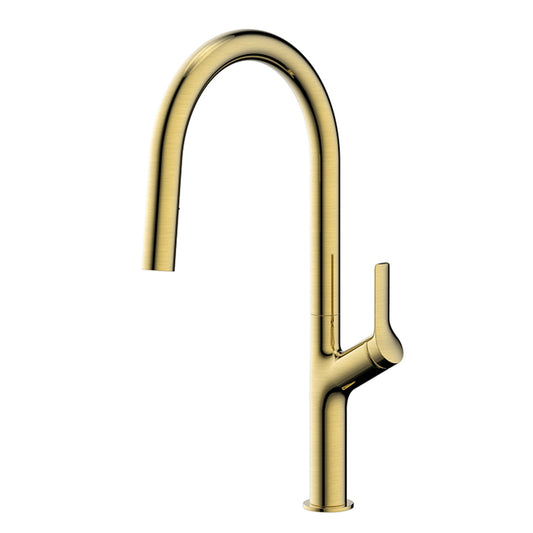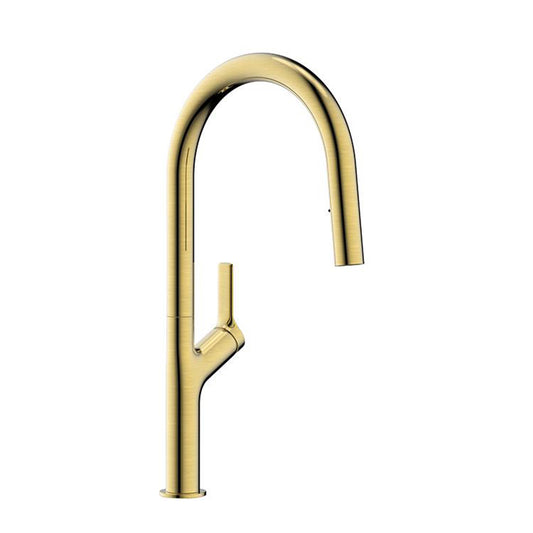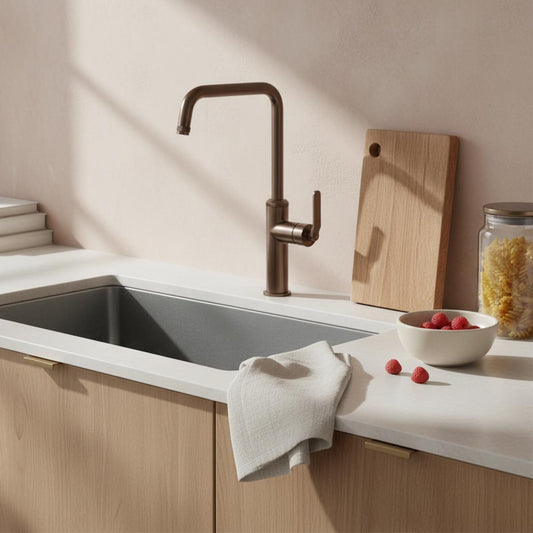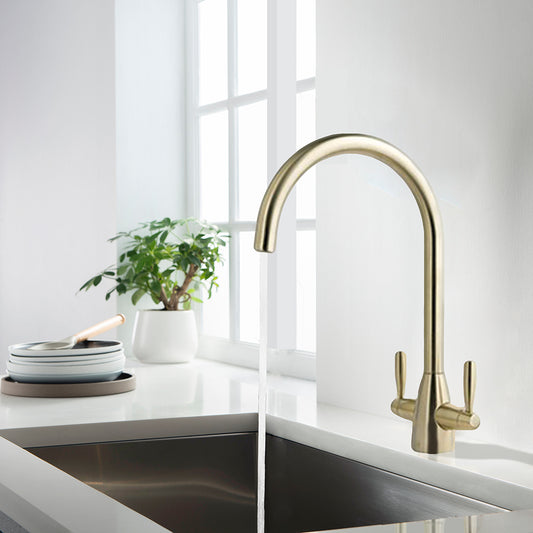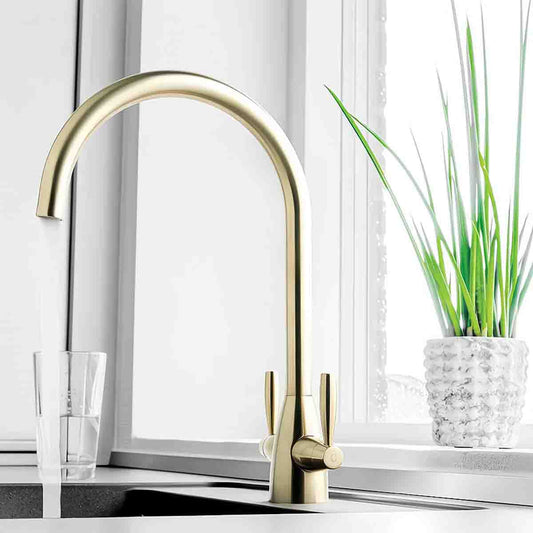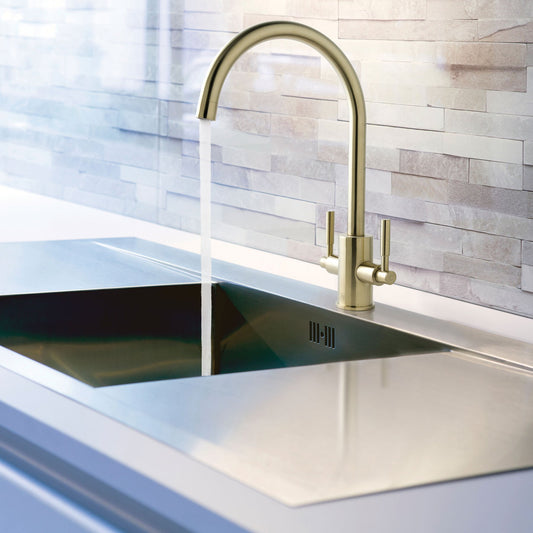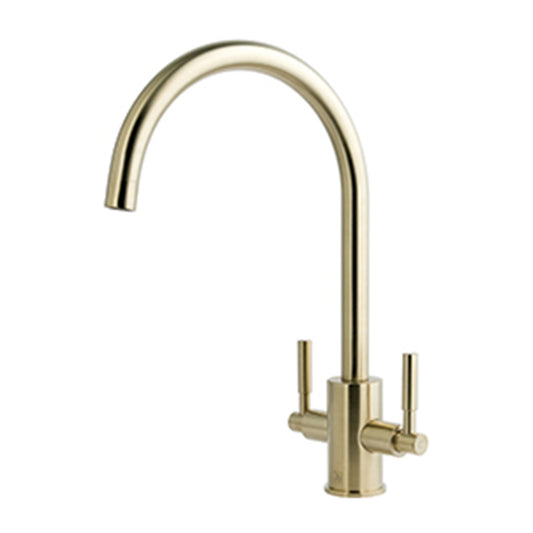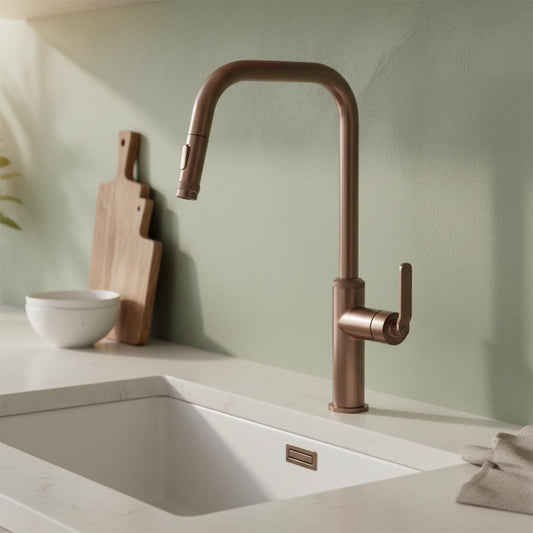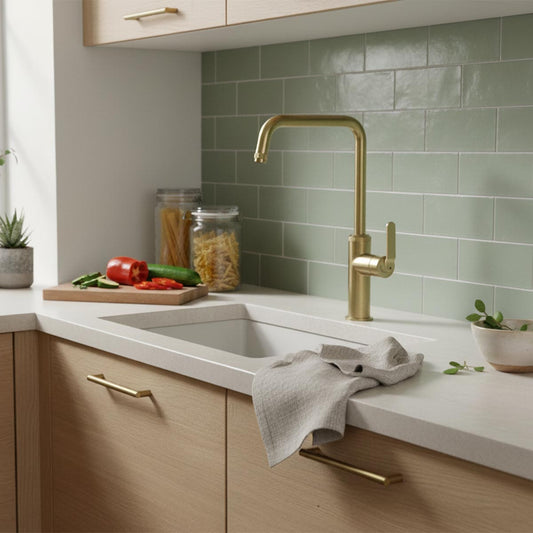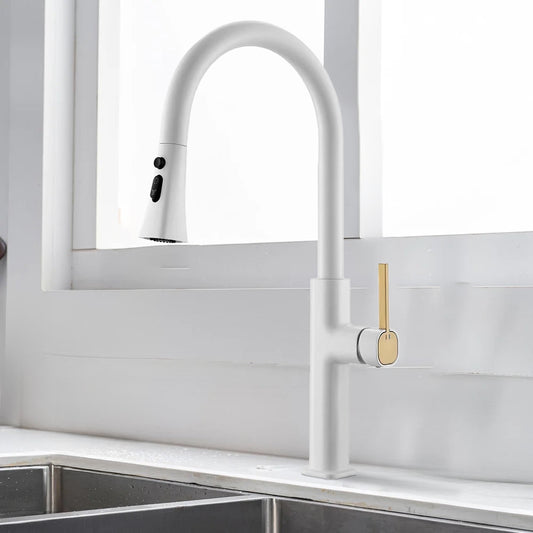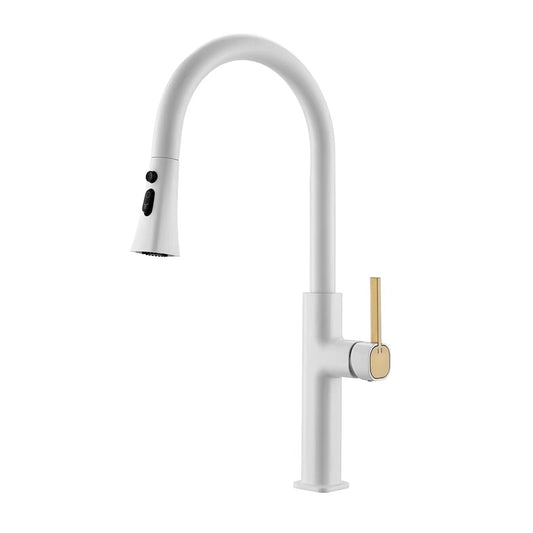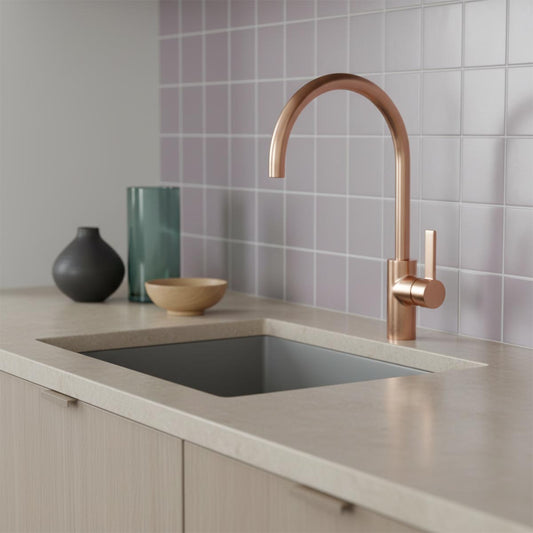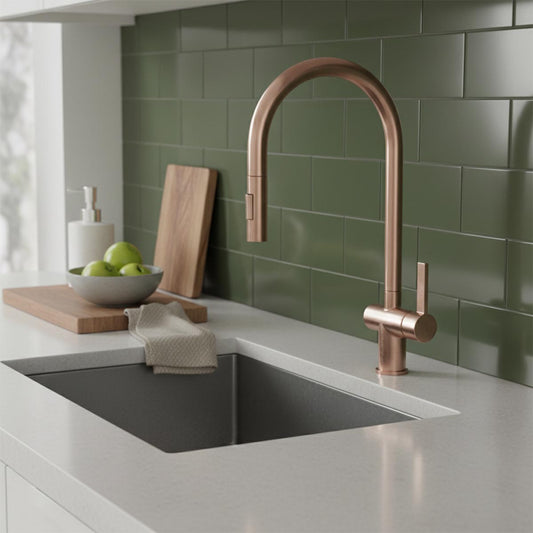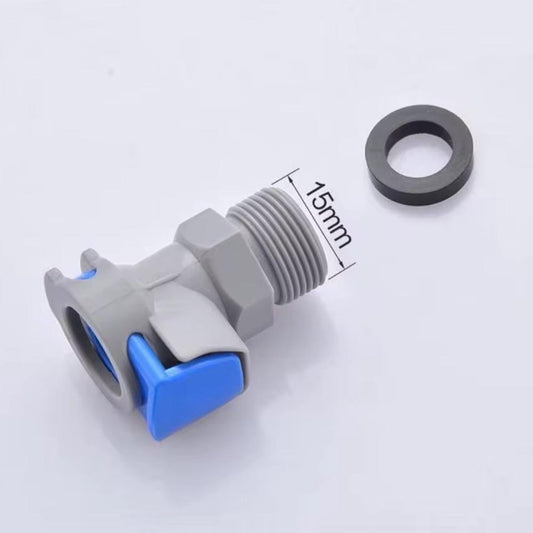A Beginner's Guide to Changing a Ceramic Disc Cartridge
Table of Contents:
-
Introduction
→ -
Basin Taps Collection
→ -
The Role of The Ceramic Disc Catridge in Your daily Life
→ -
How long does a ceramic cartridge Last ?
→ -
Why do Ceramic Cartridges fail ?
→ -
Step-by-step Guide to ceramic disk cartridge replacements
→ -
Conclusion
→
Introduction:
Embarking on a journey of home improvement can often feel like navigating uncharted waters. Among the myriad tasks that a homeowner might face, one stands out for its blend of simplicity and necessity: changing a ceramic disc cartridge. This seemingly small act is not just about fixing a leak; it’s about reclaiming the tranquility of your home, one drop at a time.
The drip of a leaky faucet is more than a mere annoyance; it's a relentless reminder of the ever-growing list of 'things to fix.' But fear not, for this guide is designed to transform what appears to be a daunting task into an achievable feat, even for those who have never wielded a wrench.
The Role of the Ceramic Disc Cartridge in Your Daily Life:
Before diving into the 'how,' it's essential to understand the 'what' and 'why.' The ceramic disc cartridge is a modern innovation in plumbing, replacing the older rubber-washer systems in many contemporary homes. These cartridges are celebrated for their durability and precision in controlling water flow and temperature. However, like all mechanical parts, they are not immune to wear and tear. Recognizing the signs of a failing cartridge is the first step in addressing the issue.
How long does a ceramic cartridge last?
-
Durability of Ceramic Cartridges
Ceramic is a hard material that resists wear well. The ceramic discs in these cartridges do not wear out as quickly as rubber washers found in traditional faucets. This inherent durability is a key reason why many modern faucets utilize ceramic technology. -
Average Lifespan:
On average, a good quality ceramic cartridge can last anywhere from 5 to 10 years, but some can last even longer. High-end models in low-stress environments might not require a replacement for up to 20 years. It's worth noting that while the ceramic discs themselves are very durable, other parts of the cartridge, like seals or O-rings, may degrade and affect the overall function. -
Water Quality Effects:
The lifespan can be significantly affected by the quality of the water passing through it. Hard water, which contains high levels of minerals like calcium and magnesium, can lead to mineral buildup on the cartridge, reducing its efficiency and lifespan. Similarly, water with a lot of sediment or debris can cause premature wear. -
Usage Frequency:
The frequency of use also plays a role. In a busy household where the faucet is used frequently, the cartridge may wear out faster compared to a faucet that's used less often. -
Maintenance and Care:
Regular maintenance can extend the life of a ceramic cartridge. This includes cleaning the cartridge to remove any mineral buildup and replacing any worn seals or O-rings.
Why do ceramic cartridges fail?
Ceramic cartridges can fail due to several reasons, often related to wear and tear, mechanical damage, or issues with water quality. Understanding these reasons can help in diagnosing faucet problems and determining the need for a cartridge replacement. Here are some key reasons why ceramic cartridges fail:
-
Wear and Tear Over Time:
Ceramic cartridges are durable, but they are not immune to the effects of time and constant use. The ceramic discs inside the cartridge, which control the flow and temperature of water, can wear down after prolonged use. This wear can lead to problems like leaking or difficulty in controlling water temperature and flow. -
Water Quality and Mineral Build-Up:
In areas with hard water, mineral deposits can accumulate on the ceramic discs, interfering with their ability to form a watertight seal. These mineral deposits can cause the cartridge to become stiff, leading to leaks or a faucet that is hard to operate. -
Debris and Sediment in Water:
Small particles and debris in the water can get trapped in the cartridge, causing it to clog or malfunction. This can result in reduced water pressure, inconsistent flow, or leaks. -
Improper Installation or Alignment:
If a ceramic cartridge is not installed correctly, it can lead to issues like leaks or difficulty in operating the faucet. Misalignment can put undue stress on certain parts of the cartridge, leading to premature wear or damage. -
Mechanical Damage:
Physical damage to the cartridge, such as cracks in the ceramic discs, can occur due to a variety of reasons, including freezing temperatures, over-tightening of the faucet handle, or impact. Such damage will usually result in a leaking faucet. -
Seal Deterioration:
Over time, the seals or O-rings that help secure the cartridge in place can deteriorate, leading to leaks. These components are crucial for preventing water from leaking around the cartridge.
By understanding these common causes of failure, homeowners and plumbers can better diagnose issues with ceramic cartridge faucets and decide when a replacement is necessary. Regular maintenance, such as cleaning and occasionally replacing the cartridge, can extend the life of your faucet and ensure its smooth operation.

Step-by-Step Guide to ceramic disk cartridge replacement:
Step 1: Turning Off the Water Supply:
The first, and perhaps most critical, step in this operation is to ensure that the water supply is turned off. This is the moment where you transform from a mere observer to an active participant in the realm of DIY plumbing. Locate the valves under the sink and turn them clockwise to shut off the water. This simple act is akin to setting the stage before the main act – it's about control and precaution.
Step 2: Removing the Faucet Handle:
Armed with a screwdriver and a gentle but firm touch, your next task is to remove the faucet handle. This step is often where patience becomes your best tool. Look for a small screw on the handle, which might be hidden under a decorative cap. Gently pry the cap off and unscrew the handle. As you do this, remember that every part you remove is a step closer to solving the puzzle.
Step 3: Taking Out the Old Cartridge:
With the handle off, you'll see the top of the cartridge. Using an adjustable wrench, grip the cartridge and gently but firmly twist it out. This might require a bit of effort, as mineral deposits can cause it to stick. As you pull out the old cartridge, take a moment to reflect on its service – it has been a silent, unseen guardian of your home's water flow for years.
Step 4: Inserting the New Cartridge:
Now, hold the new cartridge in your hands. It's not just a piece of metal and ceramic; it's a symbol of renewal and continuity. Insert it into the faucet body, making sure it aligns correctly. This is where attention to detail pays off. A perfect fit ensures a seamless return to functionality.
Step 5: Reassembling the Faucet:
Reverse the disassembly process. Replace the handle, screw it in, and cap it off. With each step, you're not just putting a faucet back together; you're restoring harmony to your home.
Final Step: Testing Your Success:
Turn the water valves back on and witness the moment of truth. As you turn the faucet handle, watch for a smooth, leak-free performance. This moment is more than just a test of your handiwork; it's a testament to your ability to learn, adapt, and overcome.
Conclusion:
Changing a ceramic disc cartridge is more than a mere mechanical fix; it's a journey of empowerment. It's about taking control of the small but significant aspects of your home. As you clean up your tools and wipe down the counter, take a moment to appreciate your work. You've not only fixed a faucet; you've added a new skill to your repertoire and taken another step in your DIY journey.





